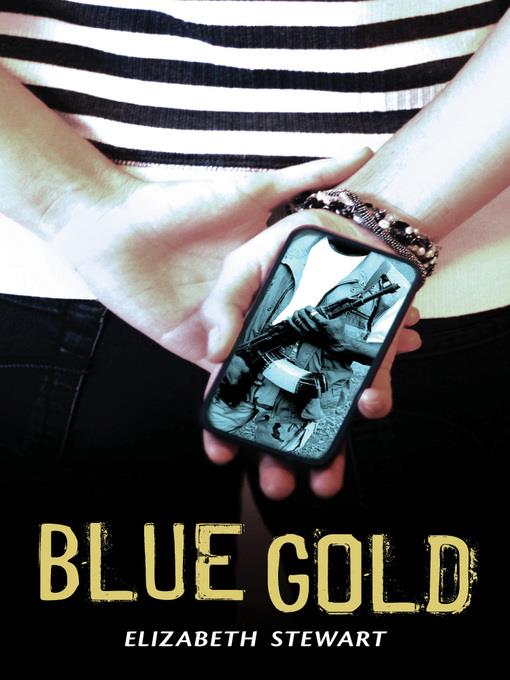
Blue Gold
فرمت کتاب
ebook
تاریخ انتشار
2014
Lexile Score
810
Reading Level
3-4
ATOS
5.6
Interest Level
9-12(UG)
نویسنده
Elizabeth Stewartناشر
Annick Pressشابک
9781554516360
کتاب های مرتبط
- اطلاعات
- نقد و بررسی
- دیدگاه کاربران
نقد و بررسی

April 1, 2014
Gr 9 Up-The human price of technology is explored from the perspectives of three teen girls in this character-driven, realistic fiction novel. Set in the present, the story is told from three viewpoints. Fiona, a middle-class Canadian teen, is concerned with her popularity and self-image, especially as it relates to communication and technology devices. A split-second bad decision haunts her virtually, and she learns a big lesson in digital responsibility. Half a world away, Sylvie is a Congolese refugee living in Tanzania, where maintaining basic needs is a daily battle. Coltan, a mineral used in the technology that helps power cell phones and computers, is a resource that her people have killed and died for, and Sylvie is desperate to save her family in the wake of her father's death. In China, Laiping works long hours in a factory assembling cell phones, enduring conditions that have caused her fellow employees to develop serious medical conditions and in extreme cases take their own lives. The writing strikes a good balance between character development and action and uses a straightforward tone to deliver the story. Sylvie's daily life is dangerous, and her past includes scenes of extreme violence, though the revelation of these elements isn't glorified and the inclusion of these details gives her viewpoint authenticity and necessary background information for readers to understand what motivates the characters in her story line. A lengthy afterword gives readers statistics on the topics covered in the text and offers the author a chance to explain her inspiration for writing this story as well as her stance on the issues.-Samantha Lumetta, Public Library of Cincinnati and Hamilton County, OH
Copyright 2014 School Library Journal, LLC Used with permission.

February 15, 2014
The human costs of modern technology are explored through the alternating third-person narratives of three girls from different countries. Canadian Fiona sends her boyfriend a risque selfie. In Africa, fighting in the Democratic Republic of Congo has forced Sylvie to Tanzania's Nyarugusu Refugee Camp. The fighting's over columbite-tantalite ore, a key component in the manufacture of cellphones and other small, powerful electronic devices. In China, Laiping joins her cousin in the city to work for a better life in a factory that manufactures electronics like cellphones using coltan. Fiona, whose sext leaks, has the shortest story. Laiping accepts monotonous, hard work, believing the company's propaganda until she's faced with workers' rights abuses. The fictional factory, like notorious real-life analog Foxconn, even has suicide nets for employee jumpers. Despite her family's need to pay for a medical emergency, Laiping's wages are illegally withheld. Survivor Sylvie, who's lived through rape and war, holds what's left of her family together while working at the refugee clinic and dreaming of becoming a doctor. Her dream, difficult with family duties, becomes nearly impossible once the local warlord decides he'll marry her. The stories converge (though not seamlessly) at the conclusion. The prose is strongest when closest to the characters, weakest in didactic moments. In the afterward, Stewart explains the real-world situation and provides further research resources. Fictional characters make an important story accessible. (afterword, suggested reading) (Fiction. 14-18)
COPYRIGHT(2014) Kirkus Reviews, ALL RIGHTS RESERVED.

























دیدگاه کاربران